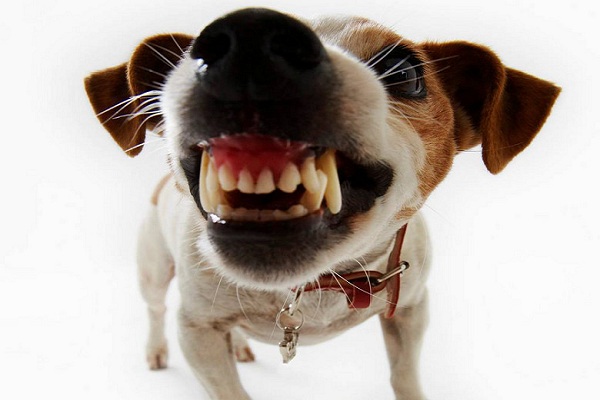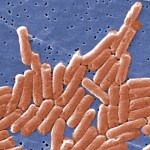Source – Dr. Mauria O’Brien
Got vitamin D? Most people know that this compound, a supplement frequently added to milk, plays a role in developing and maintaining healthy bones. But recent findings in humans suggest that vitamin D has a much broader effect on health and immune function.
Dr. Mauria O’Brien, a specialist in emergency and critical care at the University of Illinois Veterinary Teaching Hospital in Urbana, is determined to find out what this means for animals.
“Many studies in humans have found that low vitamin D status is associated with common cancers, autoimmune diseases, cardiovascular disorders and infectious diseases,” says Dr. O’Brien. “It’s possible that finding out more about how our pets use vitamin D and how much they need could help us improve their care and health.”
Vitamin D was first identified in the early 1900s and got its name because it was the fourth “vital amine” that scientists discovered. Officially, vitamins are defined as substances that are not synthesized by the body, yet are necessary for normal function. Later research revealed that vitamin D should probably be called a hormone instead since some species can produce it themselves. But the name stuck and so far, vitamin D is best understood as a regulator of calcium and phosphorus, the major minerals that make up bone.
“A lot is known about how humans, rodents, horses, cattle, pigs and sheep are able to synthesize vitamin D in their skin after exposure to the sun’s ultraviolet light,” says Dr. O’Brien. In fact, vitamin D got its original nickname—“the sunshine cure” —from the marked improvement tuberculosis patients made when they spent more time in the sun.
But Dr. O’Brien found that when she compared the vitamin D values from blood samples of healthy pet dogs and those of healthy dogs who spent all of their time indoors without exposure to sunlight, there was not a difference. And, studies show that cats also do not have the ability to produce adequate amounts of vitamin D in their skin.
“That is one of the aspects of veterinary medicine that makes it so challenging,” says Dr. O’Brien. “Although we know of a vast number of similarities across species, it is never a good idea to assume that any physiological trait is the same without testing to make sure.”
Does this mean that vitamin D isn’t as important for dogs and cats as it is for humans? Not at all.
“In the past 25 years, we’ve learned that nearly every type of cell in the vertebrate body contains receptors for vitamin D, not just the cells associated with skeletal health,” notes Dr. O’Brien.
“The vitamin’s effects on the immune system are especially compelling when it comes to protecting animals from infectious diseases,” she says.
Vitamin D is a link in the complex series of events that occur when the body’s immune system mounts a response to invading pathogens like viruses and bacteria. It essentially stimulates the production of natural antibiotics made by the body.
Clearly, there is a lot more to be discovered about vitamin D and our pets, which is why Dr. O’Brien is leading the way. For now, Dr. O’Brien urges owners to feed their pets a quality commercial diet to ensure their pets are getting enough vitamin D.
Most commercial diets are formulated to contain at least enough vitamin D to protect animals from developing bone abnormalities. Of course, it’s possible that future vitamin D research may suggest the need to increase the standard amount provided in food, but until then, she said “only the pets that are fed inconsistently or that get more table food than pet food are at risk of not getting enough vitamin D.”
She adds that along with feeding a proper diet, making sure a pet maintains a healthy weight and gets plenty of exercise is the best way to protect it from becoming sick.











